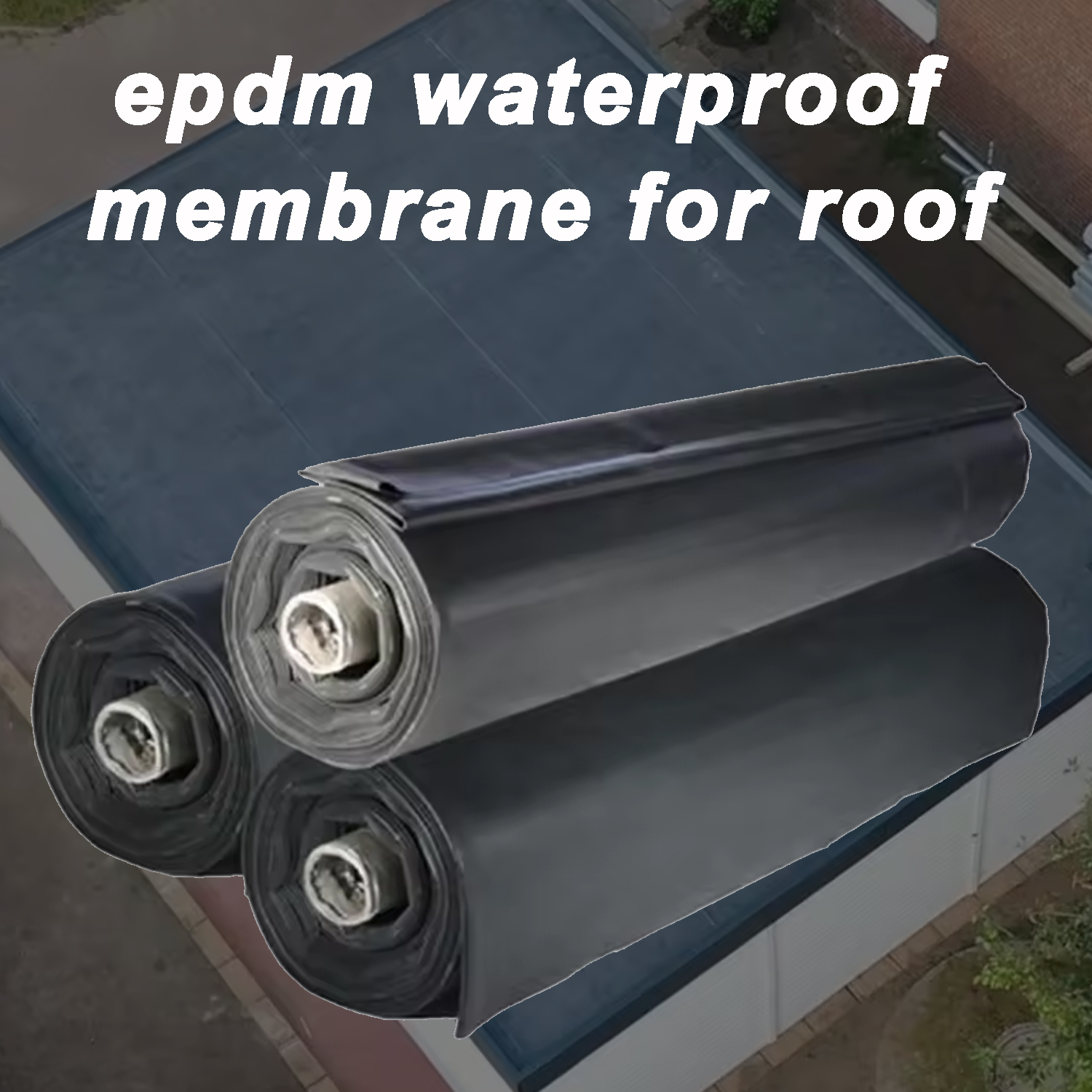If you are searching for a flat or low-slope roofing solution, you’ve likely come upon a number of acronyms over
and over again: TPO, PVC, and EPDM.
In this post, we’re going to explore everything you need to know about ethylene propylene diene monomer
(EPDM) rubber roofing material. Frequently referred to simply as a “rubber roof,” this membrane material is
most commonly used on commercial buildings. In some cases, though, it will also be used on residential structures
such as patio roofs and carports.
EPDM was developed as a pond liner. Then, during the early 1970s, someone had the bright idea that if it worked
under water, why not use it as a roof? because of its amazing qualities, EPDM is finding its way into more and more
residential projects.
It is quick and easy to install because it is manufactured on large sheets or rolls, so EPDM is one of the most affordable
roofing materials on the market. It’s also lightweight, has very few seams, and commonly has a 20 or more years
lifespan when using a high-quality product.
